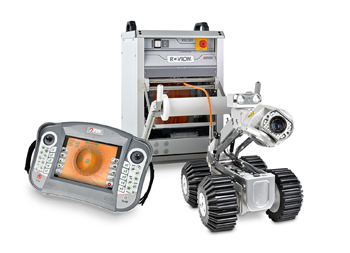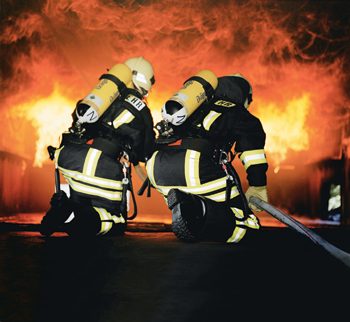
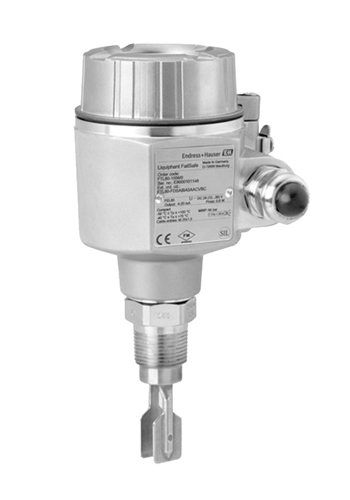 Endress+Hauser ... taking steps to reduce risk at oil and gas facilities
Endress+Hauser ... taking steps to reduce risk at oil and gas facilities
THE idea of safety is deeply anchored in the philosophy of each and every oil company. It is a matter of protecting people, environment, infrastructure and last but not least reputation. Although, applying safety measures in a proper way is not an easy task to fulfil.
It is even worse if you get the impression that the implemented safety systems have a bigger impact on impairing the daily operation on your plant due to spurious trips instead of making it safer, says Hai-Thuy Ngo, industry manager – oil and gas, Endress+Hauser.
Explosion safety (Atex, FM, Ex d, Ex ia) is practiced since many years in the oil and gas industry. In addition, more operators and shareholders also strive to improve the functional safety of their processes.
Several incidents remind one how difficult it is to ensure safe operations. The explosion of Piper Alpha in 1988 in the North Sea was the starting point for stringent regulations in order to prevent such accidents happening again.
Although instrumentation was really not involved in the explosion leading to the death of 167 offshore workers, regulations on functional safety were formulated under IEC61508.
Each process on a plant poses a certain risk which is evaluated during hazard and operability Hazop studies. Depending on the probability and severity of an incident, safety measures need to be implemented in order to bring the risk to a tolerable level.
These measures can be addressed to different layers of protection: one can make the plant inherently safer by redesigning processes or implement safety instrumented systems (SIS) which are capable of bringing the process back to a safe state, for example, by an automatic shutdown.
The level of risk reduction with SIS is rated in different levels – the so called safety integrity levels (SIL).
SIL 2 would, for instance, represent a risk reduction of at least factor 100. Nevertheless, we always have to live with a certain residual risk.
There are, of course, recommendations and standards on how to properly apply safety measures in the process industry.
The two main regulations are the IEC 61508 and the IEC 61511. The IEC 61508 is a generic standard which gives guidelines on how to properly develop electric, electronic and programmable safety related systems.
It, therefore, mainly applies to suppliers and manufacturers like Endress+Hauser.
The IEC 61511 is the sector specific standard for the process industry which covers the complete safety life cycle in a process plant from risk assessment to decommissioning.
Those parties engineering, implementing and operating SISs are concerned with this regulation.
In addition, oil and gas industry specific safety standards are available. For example API2350, fourth edition, which addresses overfill protection for storage tanks in petroleum facilities.
Summary of API2350, fourth edition:
• Introduction of tank category 1, 2, 3 (fully-attended, semi-attended, unattended tanks);
• Implementation of automated overfill prevention system (AOPS) or manual overfill prevention system (MOPS), depending on the result of the risk assessment;
• Independence of AOPS from the monitoring system;
• Installation of AOPS for new sites -follow ANSI/ISA 84.00.01-2004 (IEC 61511 modified);
• A new overfill prevention process was introduced, which is similar to the process of IEC 61511; and
• Proof testing in periodic intervals is mandatory.
Knowing and implementing these standards and recommendations is just the beginning. Selecting the correct measuring principle for an application is crucial.
Make sure, that you partner with suppliers and/or safety consultants, which select the safety instrument, which fits to your application.
Ideally the instrument is not only suited for the application (for example, high viscos oil in storage tanks), but also inherently safe (for instance, second line of defense, robust sensors, remote configuration and proof testing).
In the market also standardised application specific solution packages (certified by a third party agency) exist, which reduces one’s engineering and documentation efforts, and in addition one receives a proven in use safety loop.



































































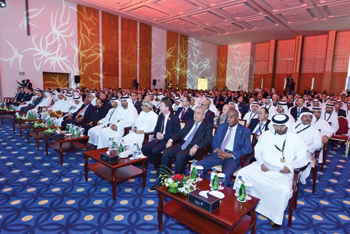


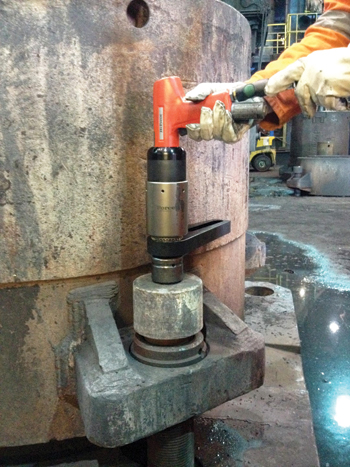
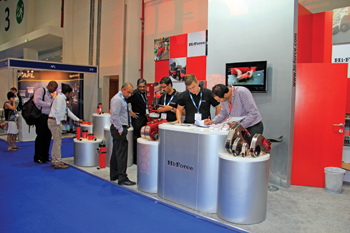
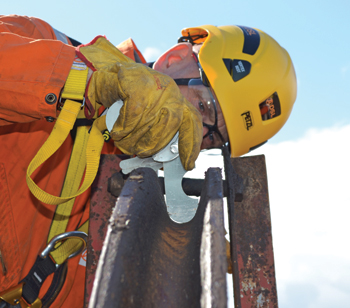
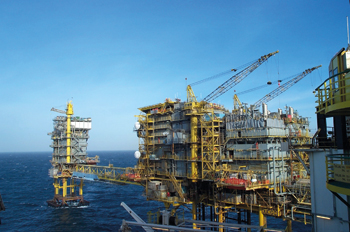
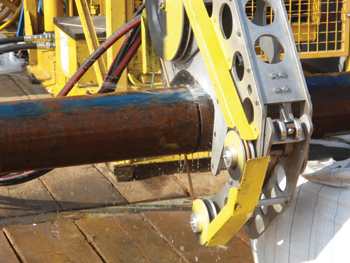
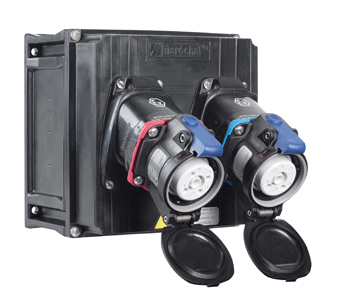
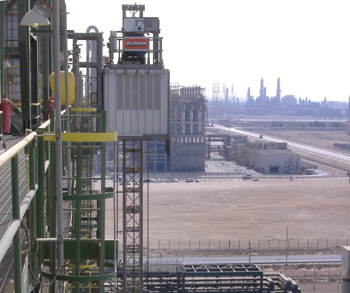
.jpg)


